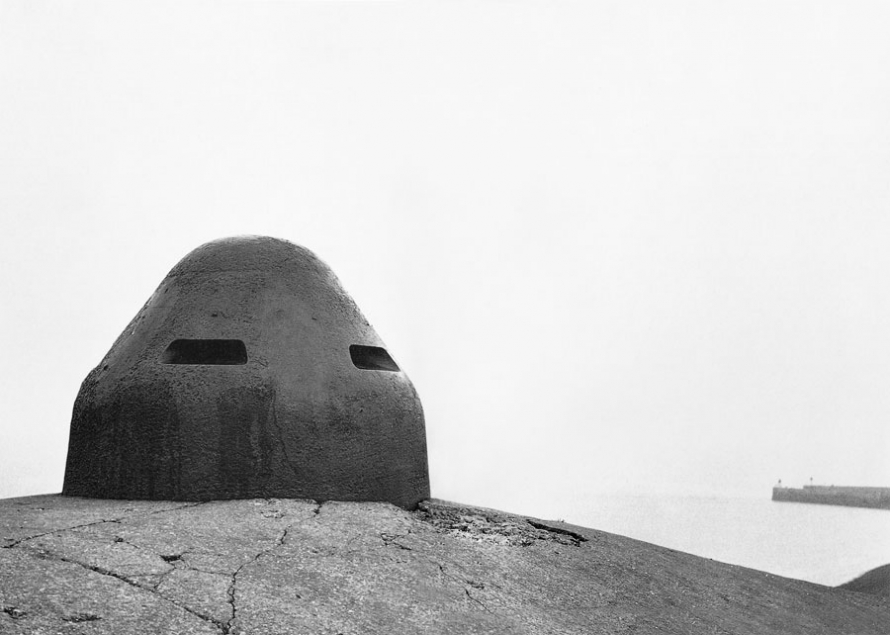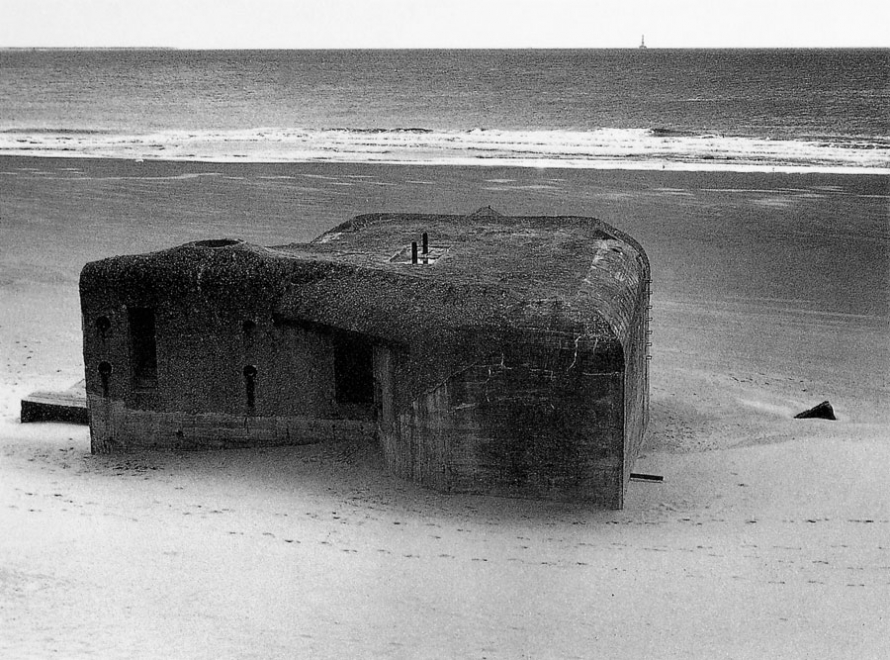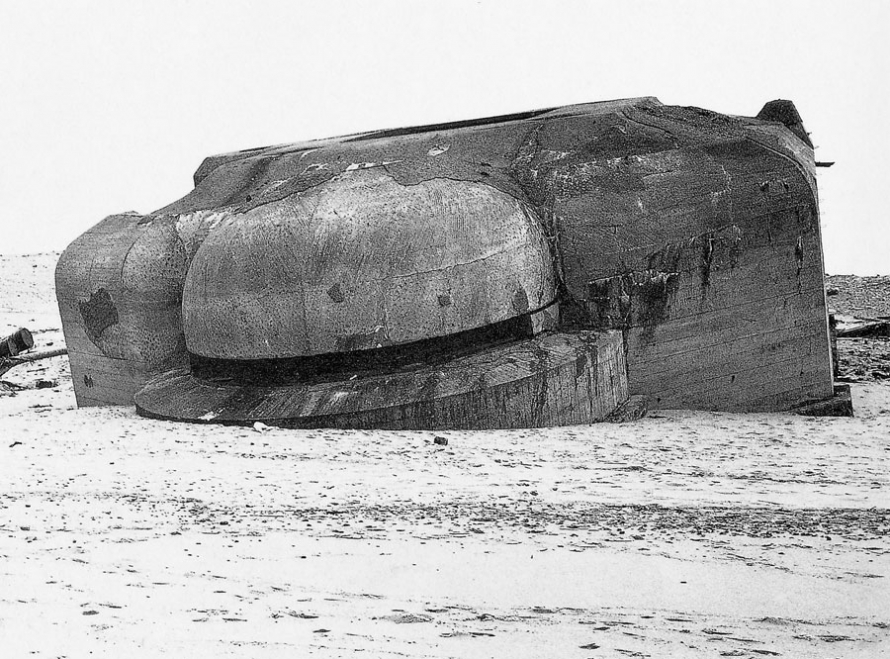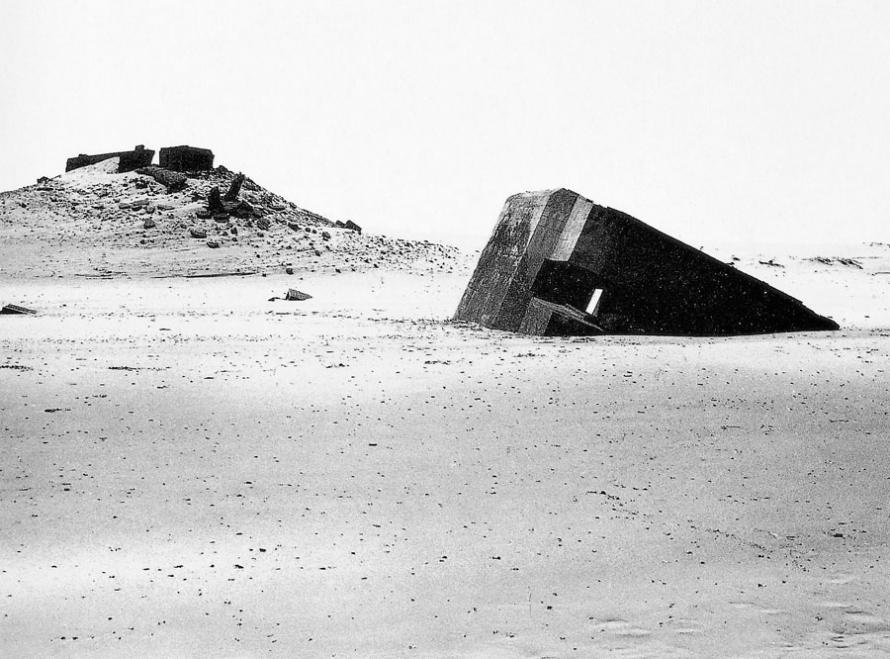Paul Virilio was a French cultural theorist, urbanist and aesthetic philosopher, who was born 1932 in France. According to two geographers, Virilio was a ‘historian of warfare, technology and photography, a philosopher of architecture, military strategy and cinema, and a politically engaged provocative commentator on history, terrorism, mass-media and human-machine relations .
Paul Virilio was born and raised on the Northern coast of France. The Second World War created a big impact of his city, and his own life. His city was bombed and held captive by the German Navy. In 1958, Virilio conducted a phenomenological (he science of phenomena as distinct from that of the nature of being.) where he looked at military space and bunkers built by the Nazi’s during the Second World War.

In ‘Bunker Archaeology‘ the urban philosopher and cultural theorist turns his attention- and camera- to the ominous, yet strangely compelling German bunkers from WW II that lie abandoned on the coast of France. These ghostly reminders of destruction and oppression prompt Virilio to consider the nature of existence and war, in relation to both the Second World War and contemporary times.

Paul Virilio 
Paul Virilio
Paul Virilio
I find Paul Virilio’s work quite interesting due to the almost silent feel that the photographs have and the stillness involved with them. I find them to be quite haunting and I feel that them also being in black and white with little to no human figures in them plays a big part in creating this sense about the photographs.
Below the photographs shows a bunker left and half buried in the sand with little to nothing left, it’s not right in the foreground on the photograph I feel this is good as it creates a distance between the viewer and the bunker by having it in the middle of the image, it is also sitting towards the right third of the photograph and this works well for moving the eye while looking at the photograph. This I feel works well as it creates an almost physical distance but also we know there is a time distance between the onlooker and these structures. In the background we can see the remains of another bunker and I feel it is effective to have it in shot to show that this bunker was not the only one that the Germans built, but there were many in one place. The use of a black and white tones is effective as it creates a different feel compared to if the photograph was black and white. For me I personally like the way that Virilio has photographed this bunker as it is half in the sand, for me personally it is saying something about how these structures will disappear from sight, this one for example will eventually be covered by sand or sea, however they are still there and what happened and what is left isn’t so simple to just get rid of.
I would hope to bring some of what Paul Virilio has done with his work into my own with the ideas of having a still image and the black and whites contrast as I feel this is an effective feature when generating these types of photographs.

Paul Virilio
